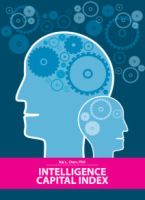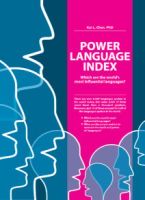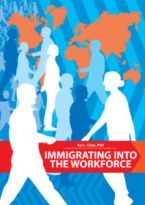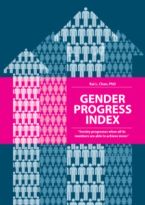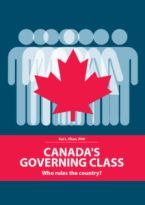
AI-powered automation will have an ethnic bias
Distinguished Fellow, INSEAD Innovation and Policy Initiative
The Fourth Industrial Revolution, with artificial intelligence (AI) as one of its principal drivers, promises big changes. AI automation is expected to lead to, among other things, large disruptions in the labour market. A 2013 Oxford study estimated that almost half of employment in the US is at risk of computerization. Similarly, a 2017 McKinsey report suggests that by 2030 one-third of work activities could be displaced by automation. Some countries, industries and professions are more susceptible to these risks, which means these changes will lead to redistributive effects. That is, AI is expected to lead to increased economic inequality both across and within countries.
But this is not the first time that a technological revolution has threatened jobs and to upend society. The First Industrial Revolution generated similar concerns and was the catalyst of the “Great Divergence” in cross-country incomes; nations that industrialized became rich, while those that did not were left behind. The gap has grown with each successive jump in technological progress.
Although AI automation will bring about significant productivity gains for society as a whole, it will nevertheless spawn winners and losers. Economists usually speak of such labour shocks in the abstract, believing that displaced workers can be retrained and transitioned to other parts of the economy. But the reality is that this transition is long – Keynes once remarked, “In the long run we are all dead” – and some will find that they do not have the requisite skills demanded in the new paradigm. As such, the distributional implications of AI must take priority in policymaking.

The computer age – the Third Industrial Revolution – has, along with globalization, ushered in an era of growing inequality within nations. Now the Fourth Industrial Revolution looks poised to generate another Great Divergence on two fronts.
Firstly, already-rich and technology-savvy countries are better prepared to leverage AI and harness its productivity gains. Conversely, AI automation will disrupt the traditional offshoring model of development for emerging economies as these countries lose their low-cost/low-wage advantage. This will grow the gap between have and have-not nations.
Secondly, AI technology has demographic biases within countries that will exacerbate economic differences along ethnic/racial lines. For example, AI favours the affluent, who are better able to afford and integrate it into their lives. AI also risks perpetuating ingrained social biases if big data algorithms do not winnow out systemic biases embedded in (historical) data. Furthermore, the rewards of AI accrue primarily to capital owners while the technology itself is largely labour-displacing. Most importantly, the jobs displaced by AI automation have distinct ethnic patterns.
There already exist distinct demographic patterns in our inequality. For example, in the US the ethnic composition of the general population is different to that of the millionaire class. And the millionaire class is itself disparate from the billionaire class. That is, the 1% does not mirror the 99%; and the 0.01% does not look like the 1%.
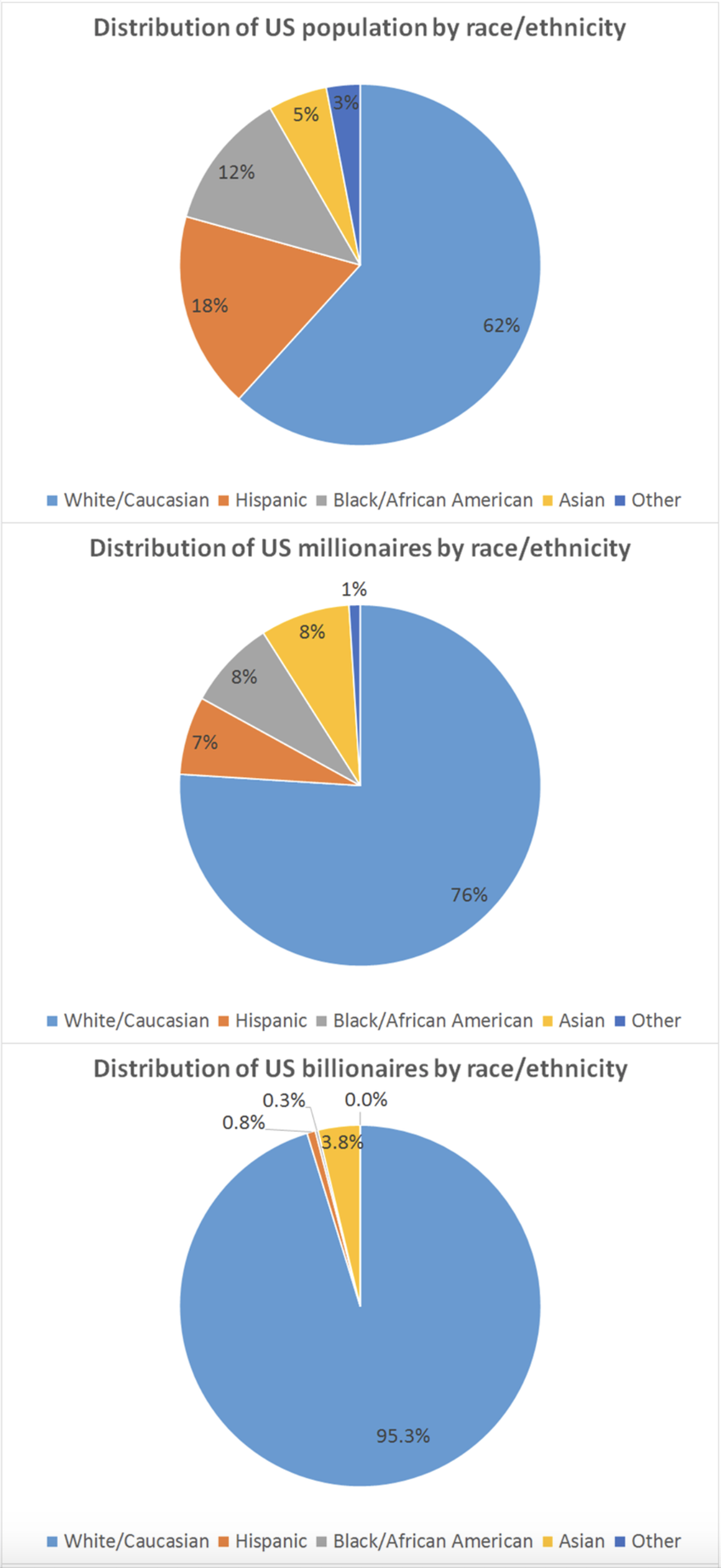
But where the demographic bias of AI automation will be most visible is in employment losses. This is because the magnitude of job displacement has distinctive ethnic/racial patterns since the demographic composition of jobs and industries has an ethnic dimension. For example: (1) Truck drivers in Canada are overwhelmingly male, white and rural: (2) Ethnic Filipinas (they are mostly females) account for 1 in 4 nurses in California. If AI displaces such jobs it will thus lead to greater unemployment in these groups.
The chart below shows the ethnic composition (visible minority (VM) status) of the workforce by industry in Canada. Canada is a good case study due to its diverse population and the fact that its national statistical office tracks employment characteristics by ethnic background. Moreover, it is a rich country where the rewards and risks of AI automation are real.
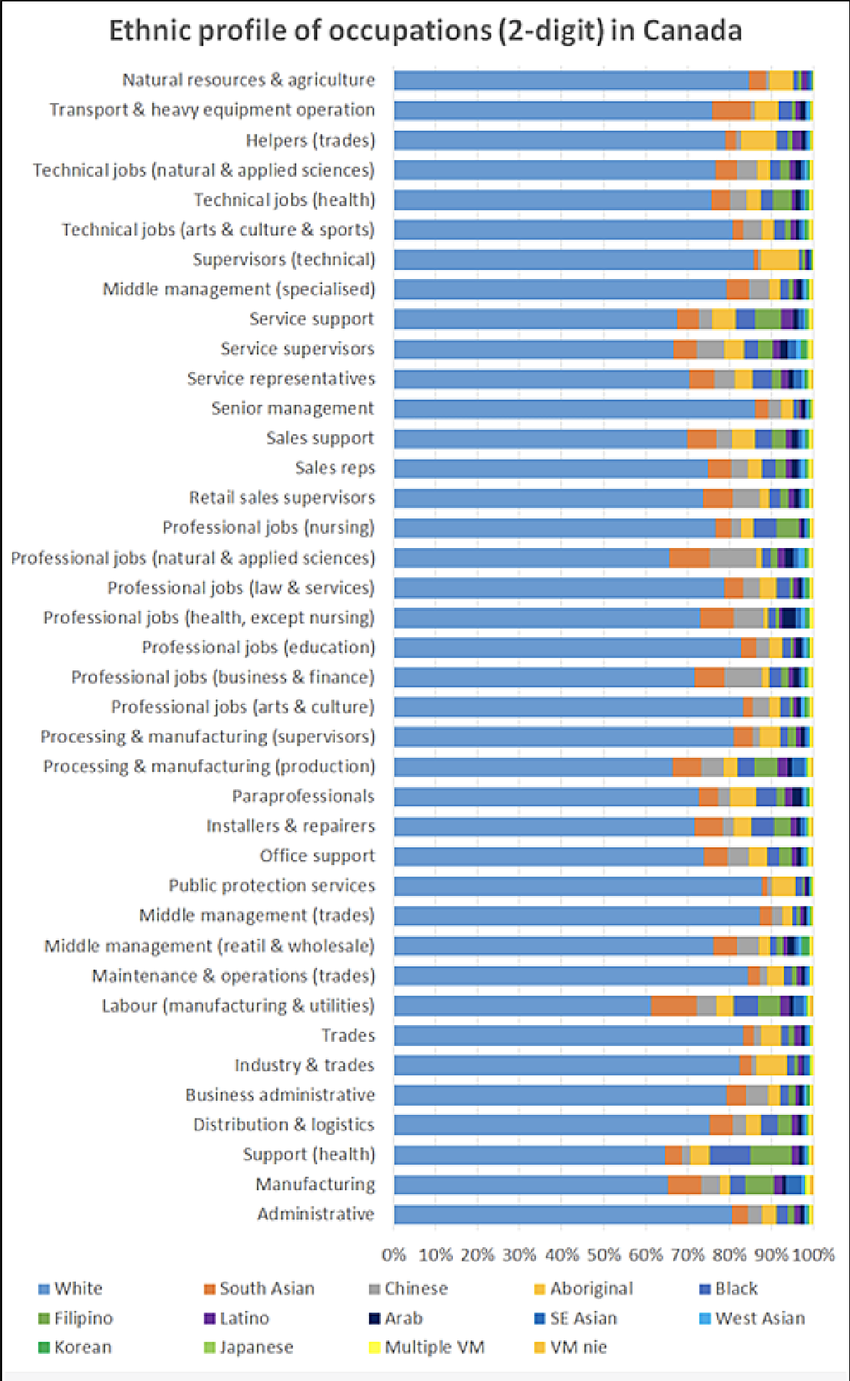
With the probability of computerization in hand for the Canadian occupations, the probability of automation can be tabulated for Canada’s labour force by visible minority group using data from the 2016 census. The table below displays the Canadian labour force by visible minority status. Column 5 is the average probability of automation of the 333 NOC with known probabilities. It can be thought of as the share of jobs that will be displaced by computerization under the assumptions of the Oxford paper. Column six shows the unemployment rate that would prevail if the AI-automation shock were neutral on the overall unemployment rate but allowed for the different probabilities of automation across groups to impact the relative unemployment levels.
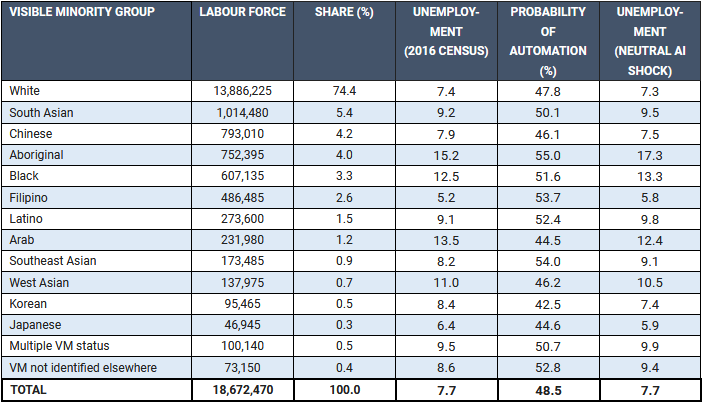
The employment shock of AI hits some groups harder than others because of the patterns we see in occupational uptakes. The group hit hardest by AI automation (column five) is aboriginals, with an employment shock 14% higher than the national average. The group impacted the least is Koreans, who have a probability of automation of just 88% of the national average.
These differences tend to magnify already-divergent patterns of unemployment. Column six shows the distributive effects of the AI-automation shock on unemployment rates – that is, if the differences in the probabilities of AI automation impacted only the relative unemployment rates without changing the overall level. This would lead to the range in the unemployment rates to grow from 10.0 (2016 Census) to 11.5 percentage points (neutral AI shock).

Although the exact patterns will differ across countries, it is evident that AI-induced job losses will have distinct patterns by ethnicity. This aspect of the employment impact of AI automation has mostly remained unexplored even as countries around the world are increasingly growing more diverse.
The demographic bias of AI poses social and political challenges. We are already seeing growing social discord in many countries as a result of racial/ethnic tensions. In fact, research suggests that much of the so-called populism movement has more to do with racial/ethnic anxiety rather than economics, even as the latter attracts the majority attention of academics and policymakers.
The impact of AI – and especially the unemployment shock – will be visible in multicultural societies, especially as it will exacerbate already-contrasting social markers. In Canada, if the numbers unfold as set forth in the above scenario, this means that already-marginalised communities such as blacks and aboriginals will feel the pinch of AI-induced unemployment even more than their compatriots.
Governments, policymakers, etc. need to consider not only the conventional challenges of AI, but also their distributional implications. But hitherto, the distributional implications have focused just on inequality, rather than the demographic patterns of inequality. Such patterns have played a role in our discordant political climate. Without addressing the demographic bias of AI, the world will likely see even more political volatility in an age of globalization and immigration.
Written by
Kai Chan
Distinguished Fellow, INSEAD Innovation and Policy Initiative
The views expressed in this article are those of the author alone and not the World Economic Forum.
© 2019 World Economic Forum

